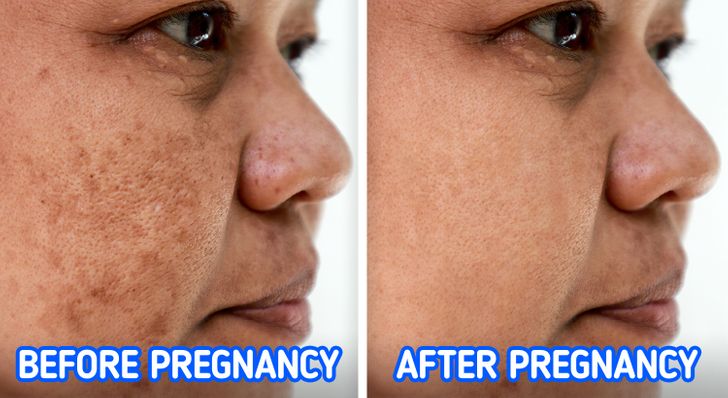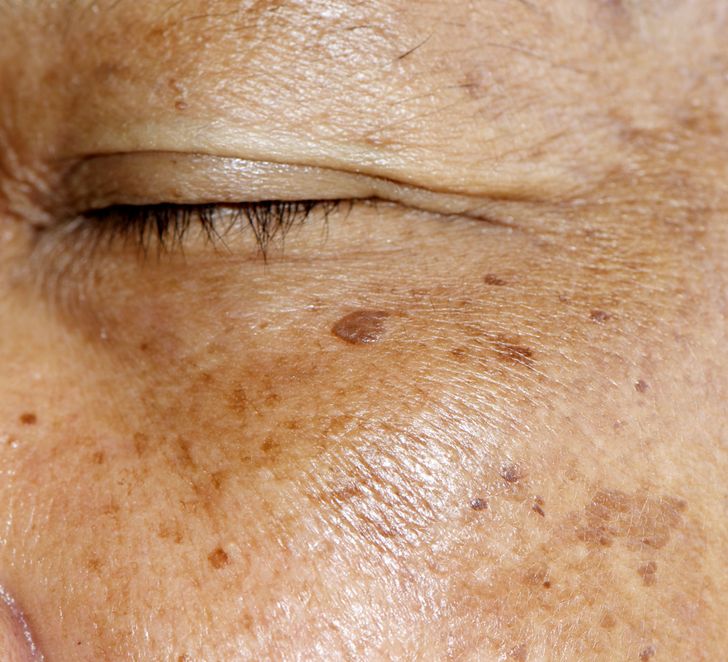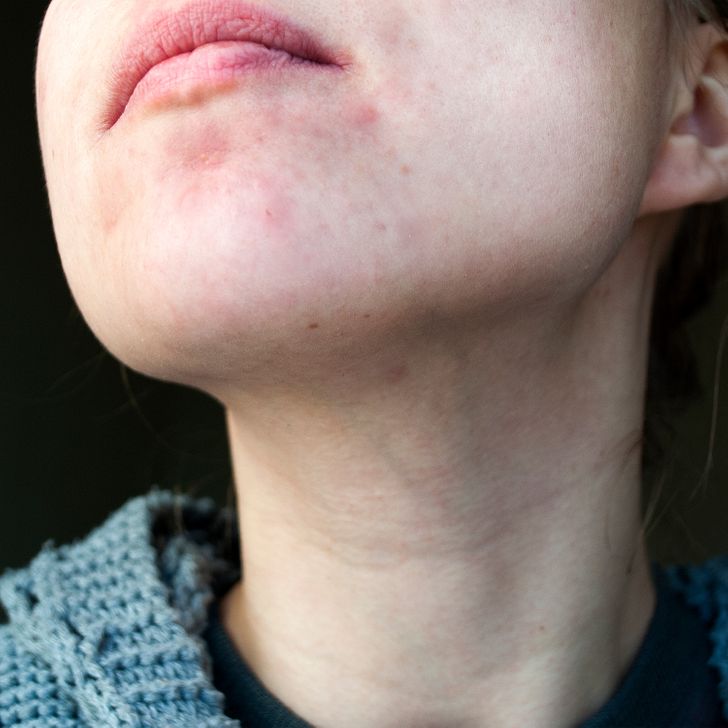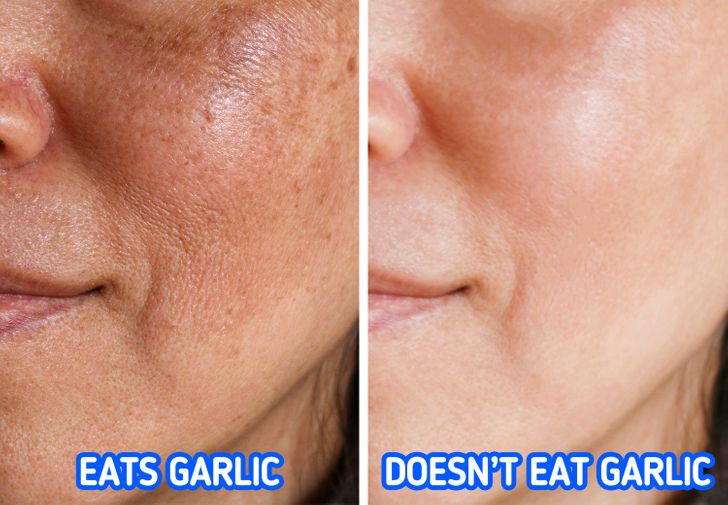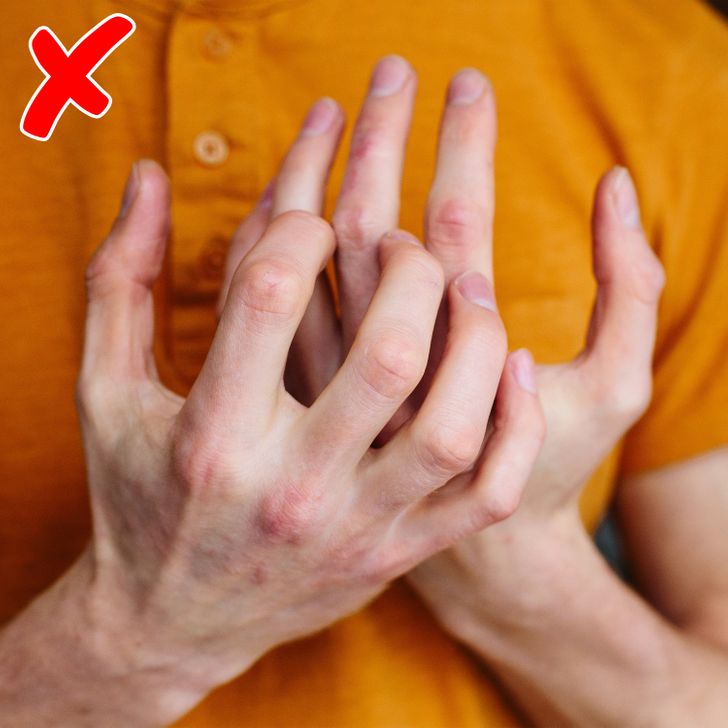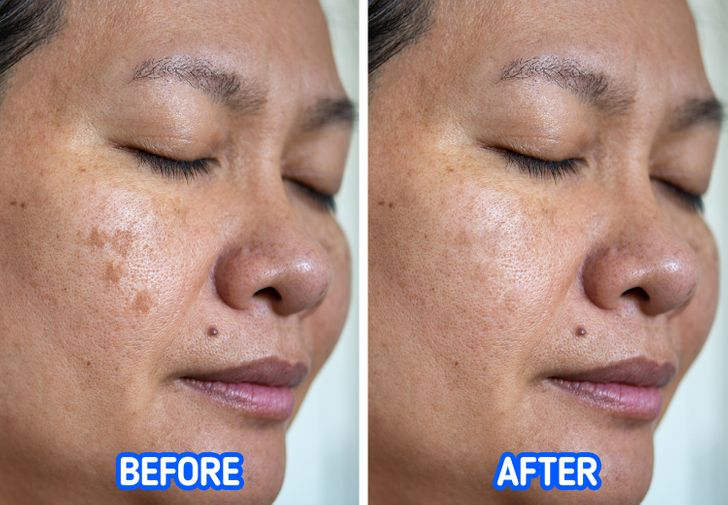can resist anything but not squeezing a pimple :(
What Causes Skin Pigmentation, and 4 Ways to Avoid It
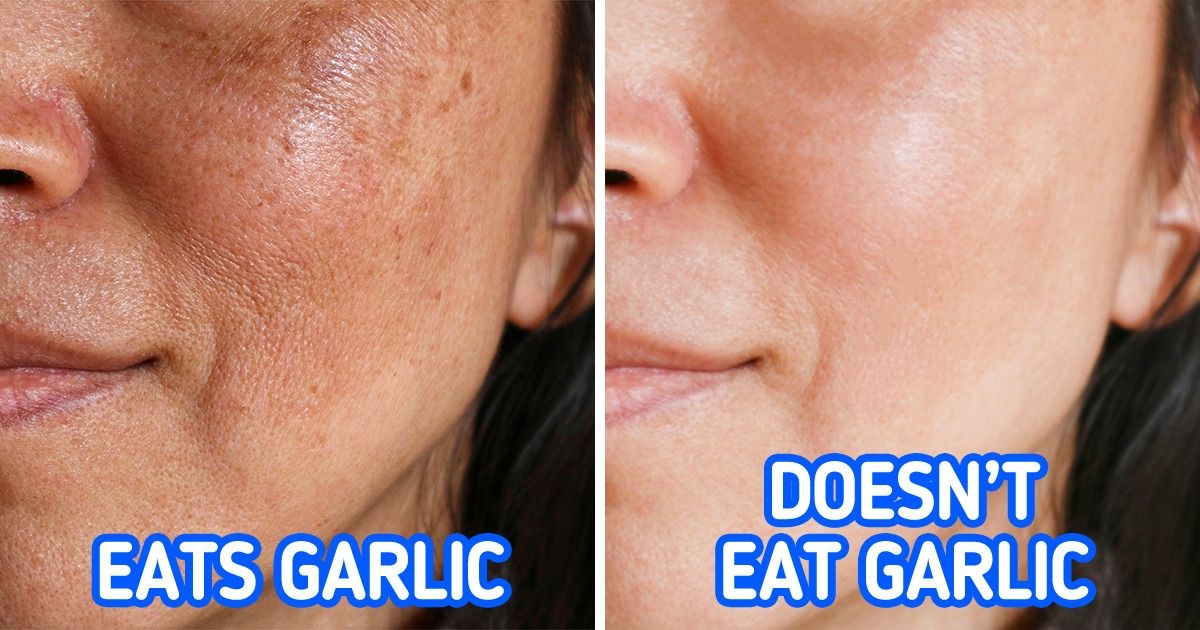
If you notice that some patches of your skin are darker than your normal skin tone, there might be a few reasons for it. It could be caused by a medical condition that needs to be treated. Luckily, that’s not always the case. This pigmentation could be absolutely harmless and nothing to worry about. However, it’s always better to consult with your doctor to make sure there’s nothing serious going on.
Bright Side decided to dig a little deeper and figure out why we sometimes get these dark spots and if there’s any way we can prevent them. And here’s what we found out.
There are several types of harmless pigmentation.
Melasma is more common among women than men, and it’s believed to be caused by hormonal changes. These changes can happen, for example, during pregnancy or if you’re taking birth control pills. In this case, the pigmentation will disappear on its own after you give birth or stop taking the pill. Stress can also cause melasma.
The discoloration usually appears on the face, but it can appear on other body parts too. It doesn’t cause any harm. However, you can see a dermatologist if you’re feeling self-conscious about it, and they’ll tell you how it can be treated.
Liver spots usually appear in people who are over 40 years old. Dark spots can appear almost anywhere on the body if you spend too much time in the sun, but they’re harmless. It happens because the ultraviolet light from the sun affects melatonin, the pigment that gives your skin color, and it’s being produced faster. As you get older, the production of melatonin also starts to increase on its own.
Post-inflammatory hyperpigmentation is caused by injury or inflammation to the skin. It can be caused by acne, blisters, or burns, and it’ll go away on its own with time.
It’s possible to prevent or reduce pigmentation.
1. Take a look at your diet.
What you eat can affect your skin health. Make sure you’re eating nutritious foods. It might help prevent hyperpigmentation by minimizing the effects of cellular stress caused by hormonal imbalance, infection, and sun exposure.
Some of the foods that could help reduce the appearance of hyperpigmentation are pomegranates, spinach, kale, and carrots. They can provide your body with vitamins, minerals, antioxidants, and healthy fats that your skin needs. It’s also important to drink enough water. And it’s better to avoid soybeans, flaxseeds, and garlic because they contain estrogen.
2. Try not to touch your skin.
It may be tempting to pick at scabs, squeeze a pimple, or scratch a mosquito bite. However, you should avoid doing things like this because it could only increase the inflammation that causes dark spots to appear on your skin. Also, try not to touch your skin with dirty hands.
3. Protect yourself from the sun.
Limit the time you spend in the sun and avoid direct sunlight. You should put on sunscreen if you want to prevent skin discoloration, and you can also wear hats and clothes that cover your skin. To minimize the damage caused by UV light, you can also use moisturizing creams.
4. Use natural products.
Have you ever experienced hyperpigmentation? What caused it? Did you treat it or were you fine with keeping the spots?
Comments
Related Reads
I Reported My Boss—HR Ignored Me Until I Did One Simple Thing

10 Real-Life Stories That Ended Like a Strange Movie Plot

I Refused to Bring Kids on My Solo Vacation, and Now My Family Is Furious

12 Real Stories That Prove Kindness Truly Brings Light After Darkness

HR Fired Me Before My Vacation — They Forgot One Thing

My Boss Saw Me on the Phone With My Sick Son—Now I’m on Thin Ice

I Refuse to Do a Secretary’s Job for Free Just Because I’m a Woman

12 People Who Mastered the Art of Keeping Their True Motives Hidden

I Refuse to Sacrifice My Health to Keep My MIL Happy, I’m Her DIL, Not a Speechless Doormat

I Refused to Help My Boss Plan His Trip, I’m Not a Tour Guide

I Was Excluded From a “Family” Dinner—My Revenge Taught My DIL a Lesson

My Stepdaughter Stole My Food to Feed Her Kids, I Don’t Want Her in My House Anymore

